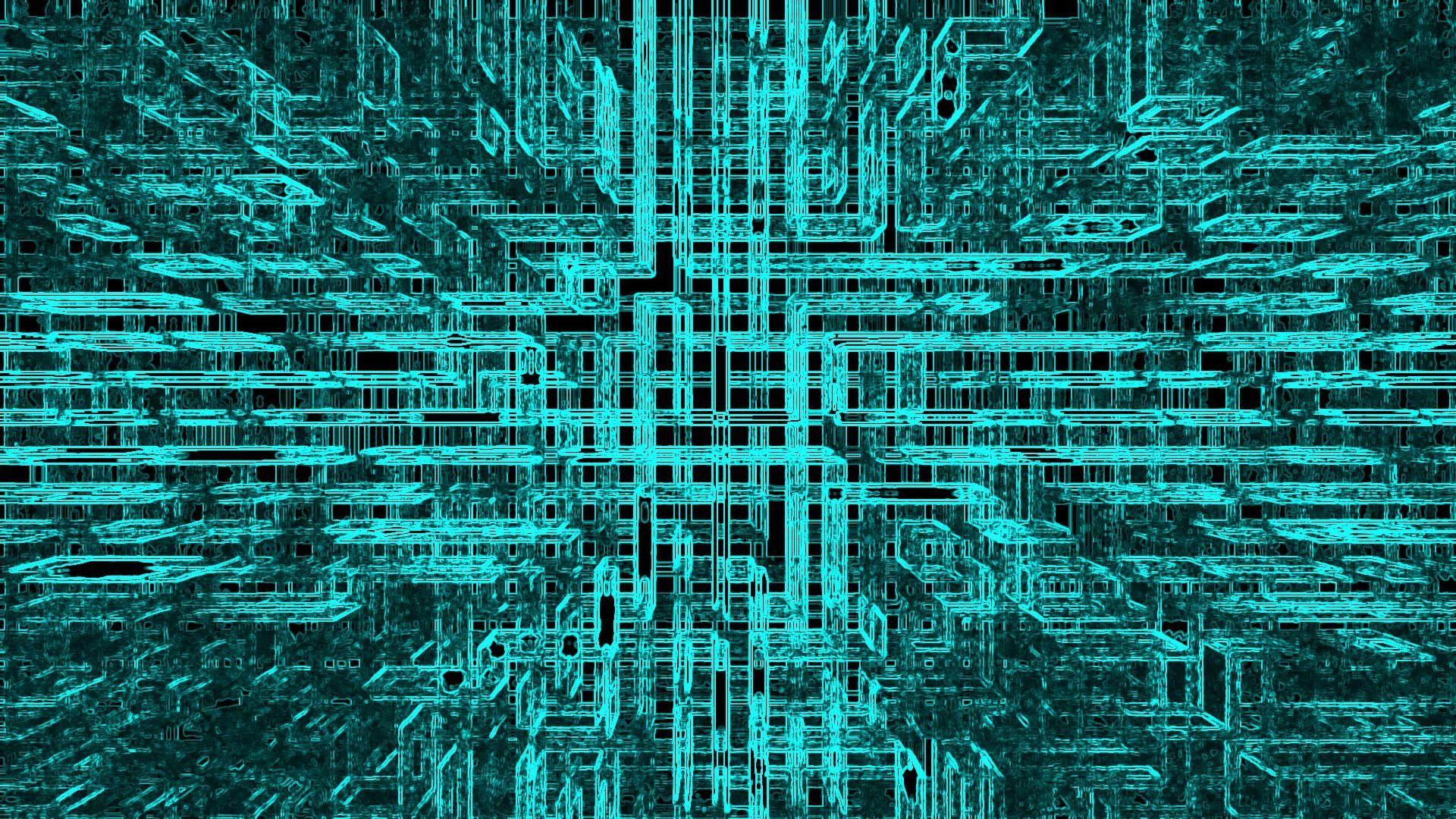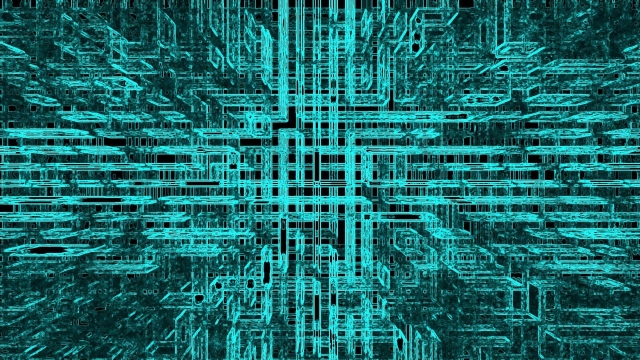
Deepfake technology has rapidly emerged as a potent force in the digital world, blurring the line between reality and deception like never before. With its ability to superimpose a person’s likeness onto another’s face or body, this technology has opened up a Pandora’s box of possibilities, captivating and concerning us in equal measure. As we delve into the depths of this transformative technology, we uncover a world filled with awe-inspiring potential, but also grave ethical and societal implications.
At its core, deepfake technology harnesses the power of artificial intelligence and machine learning to manipulate visual and audio content in ways previously unimaginable. With astonishing precision, it can seamlessly blend and morph images and videos, creating astonishingly real simulations that are often indistinguishable from genuine footage. What was once the realm of Hollywood movie studios has now permeated our everyday lives, raising questions about privacy, authenticity, and the very nature of truth itself.
In an age where information is disseminated at lightning speed across the vast landscape of social media, the rise of deepfake technology has kindled fears of widespread misinformation and malicious intent. The ability to manipulate videos and images with such ease presents a newfound vulnerability, as the line between fact and fabrication becomes increasingly blurred. The potential consequences are vast, from tarnishing reputations and inciting political unrest to further eroding our already fragile trust in the authenticity of digital content.
As we explore the depths of this cutting-edge technology, it becomes abundantly clear that deepfake technology is both a marvel of human ingenuity and a cautionary tale of its misuse. With the power to manipulate visual media in such unprecedented ways, we find ourselves at a crossroads where its safe and responsible implementation must be prioritized. Only by understanding the intricacies of deepfake technology can we hope to navigate the challenges it presents, safeguarding our societies against its darker potential while harnessing its creative possibilities.
Understanding Deepfake Technology
Deepfake technology refers to the sophisticated method of creating manipulated audiovisual content that appears convincingly real. It involves the use of artificial intelligence (AI) algorithms to combine or superimpose existing images or videos onto another person’s face or body, giving the impression that the person in the manipulated content is saying or doing things they never actually did. This technology has gained significant attention in recent years due to its potential impact on various aspects of society.
One key aspect of deepfake technology is its ability to generate highly realistic fake videos by applying a technique known as "generative adversarial networks" (GANs). GANs utilize two AI models: a generator and a discriminator, which work together in a competitive manner. The generator creates the fake content, while the discriminator learns to distinguish between real and fake content. As these models continually improve and learn from each other, the quality of deepfake videos continues to advance.
The rise of deepfake technology raises concerns about its potential misuse and the ethical implications it poses. While the technology has garnered attention for its entertainment value in creating humorous or thought-provoking content, there are also notable risks associated with its misuse. These risks range from the spread of misinformation and propaganda to the potential to harm an individual’s reputation or manipulate public sentiment.
Despite the potential negative consequences, deepfake technology also presents opportunities in various fields. For example, it can be beneficial in the entertainment industry for enhancing visual effects or creating realistic virtual characters. Additionally, it has potential applications in research, such as improving facial recognition systems and advancing computer vision capabilities.
In conclusion, deepfake technology has rapidly developed in recent years, allowing for the creation of convincing fake videos using AI algorithms. While it presents both risks and opportunities, it is crucial to understand its implications and consider the ethical considerations surrounding its use. As this technology continues to evolve, ongoing discussions and regulations are vital to navigate the challenges it presents and ensure responsible use.
https://faceswap.akool.com/
Applications and Implications
Deepfake Technology has rapidly evolved over the years, opening up a wide range of applications and implications in various fields. From entertainment to politics, the impact of deepfakes cannot be ignored. In this section, we explore some of the key applications and the potential consequences that come with this powerful technology.
One of the major applications of deepfake technology lies in the entertainment industry. It offers the ability to seamlessly replace actors or actresses in movies, allowing filmmakers to recreate deceased characters or experiment with different casting choices. This has not only sparked excitement among movie enthusiasts but also raised concerns about the authenticity of performances and the future of this creative industry.
Beyond the realm of entertainment, deepfakes have significant implications in the field of cybersecurity. With the ability to manipulate images and videos to create realistic yet fabricated scenarios, cybercriminals can utilize deepfakes for various malicious purposes. This includes spreading misinformation, defaming individuals, or even orchestrating sophisticated social engineering attacks. Such implications raise serious concerns about the authenticity of digital content and the potential for widespread deception.
In the political landscape, deepfake technology has the potential to disrupt trust and sway public opinion. Imagine a scenario where a politician’s speech is manipulated to spread false information or twist their stance on critical issues. Deepfakes used for political purposes can not only manipulate the public’s perception but also undermine the democratic process itself. As the technology continues to advance, it becomes increasingly important to develop robust detection methods to safeguard against malicious use.
As we delve into the applications and implications of deepfake technology, it becomes evident that while there are exciting possibilities, there are also concerns. From the entertainment industry to cybersecurity and politics, the impact of deepfakes is far-reaching. It is crucial to stay informed, develop awareness, and implement effective countermeasures to navigate the complex challenges that arise from the rise of deepfake technology.
Combating the Spread of Deepfakes
With the proliferation of deepfake technology, it has become increasingly important to develop effective strategies to combat its spread. Fortunately, there are several measures that can be taken to address this issue.
Firstly, increased awareness and education about deepfakes is crucial. By educating individuals about the existence and potential dangers of deepfakes, they can become more vigilant and better equipped to identify them. This can be achieved through public awareness campaigns, educational programs, and media literacy initiatives.
Secondly, technological advancements play a significant role in combating the spread of deepfakes. Developing sophisticated algorithms and tools that can detect and analyze deepfake content is essential. By employing machine learning and artificial intelligence, these technologies can identify inconsistencies, artifacts, or anomalies in videos or images, which may indicate that they have been manipulated.
Lastly, collaboration between different stakeholders is key in the fight against deepfakes. Governments, technology companies, and social media platforms need to work together to develop and implement effective policies and regulations. This can include guidelines for content moderation, standardized labeling of manipulated media, and legal frameworks to hold those responsible for creating and sharing deepfakes accountable.
By employing these measures, we can hope to combat the spread of deepfakes and mitigate their potential negative impacts on society. Through awareness, technological advancements, and collaboration, we can protect individuals from the malicious use of deepfake technology and safeguard the integrity of information in the digital age.



